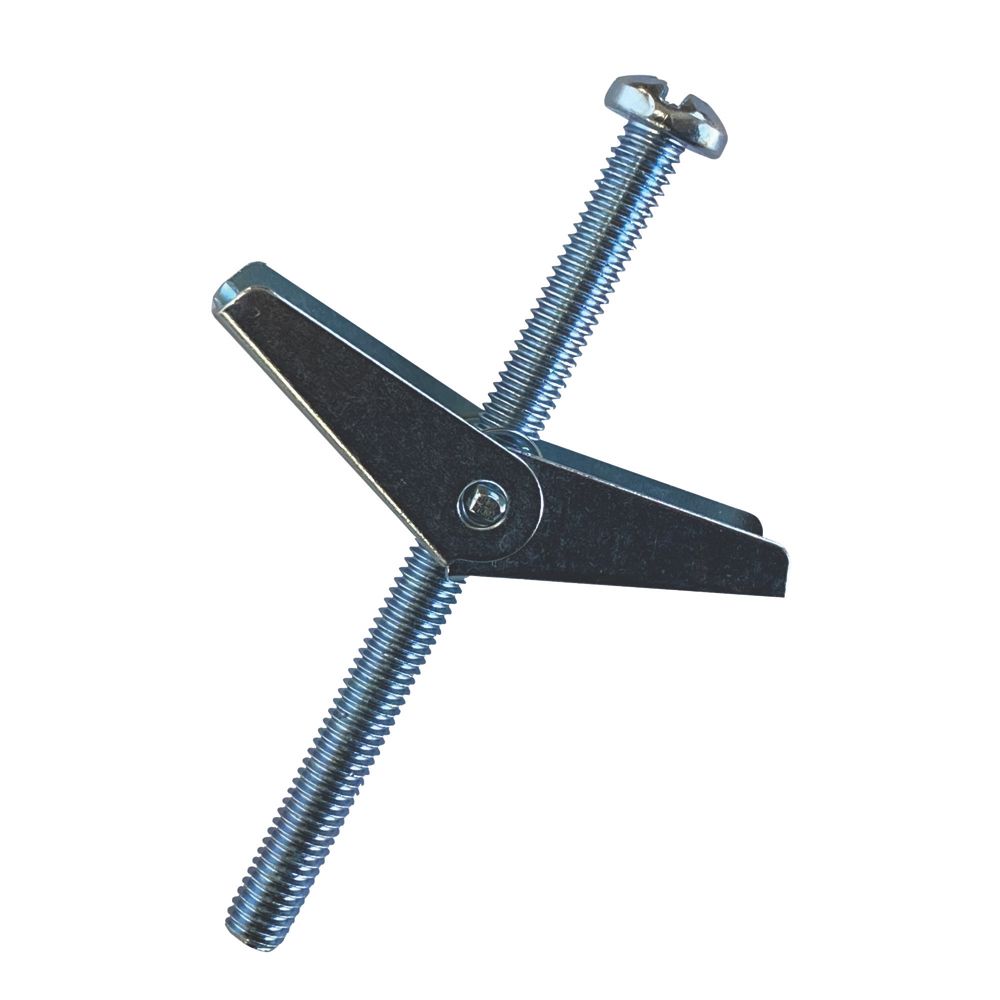Hi there, I've used the forums before but couldn't find an answer to this specific problem.
Quite a while ago our kitchen was part renovated, including putting up timber shelves on external walls. It's a newish build and the interior side of the walls are plasterboard, with cavity behind.
The shelves have held up well since going up, but recently I made the mistake of putting some of my own weight on one of the shorter shelves, and the shelf came down tearing the fixings out with it.


The fixings look like plasterboard/cavity screws to me, and they've left behind sizeable holes. Because the shelves are all in an equally-spaced configuration, I'd really like to use the same position of the wall if possible, ie reusing the same holes.
I know that doesn't sound great, but is there a good solution to this? I don't think a good repair to the plasterboard is possible, so I was considering using a different kind of fixing, perhaps one which extends 'wings' on the other side of the board.
Any recommendations?
Quite a while ago our kitchen was part renovated, including putting up timber shelves on external walls. It's a newish build and the interior side of the walls are plasterboard, with cavity behind.
The shelves have held up well since going up, but recently I made the mistake of putting some of my own weight on one of the shorter shelves, and the shelf came down tearing the fixings out with it.
The fixings look like plasterboard/cavity screws to me, and they've left behind sizeable holes. Because the shelves are all in an equally-spaced configuration, I'd really like to use the same position of the wall if possible, ie reusing the same holes.
I know that doesn't sound great, but is there a good solution to this? I don't think a good repair to the plasterboard is possible, so I was considering using a different kind of fixing, perhaps one which extends 'wings' on the other side of the board.
Any recommendations?
Last edited:


